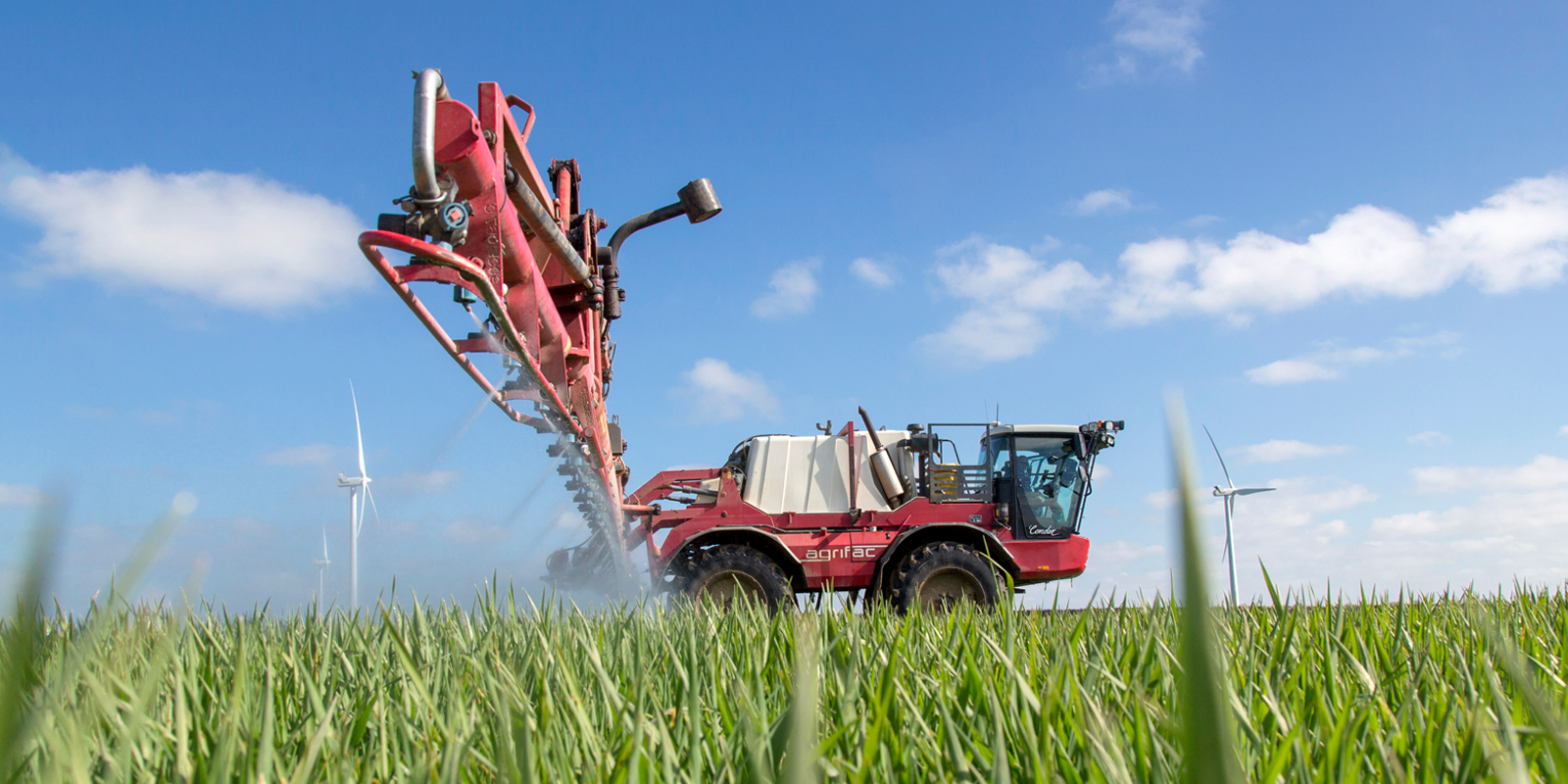How to calculate the LERAP buffer zone applicable to the proposed horizontal boom sprayer operation
You will have considered three key elements required to establish what reduction in the buffer zone, if any, is applicable for the proposed spray operation: the dose to be applied; the LERAP-Low Drift rating (star rating) of spray equipment being used; and the size of the watercourse in order to calculate the reduction applicable you will need to refer to the tables below.
- Identify which is the appropriate table. this will depend upon the star rating of the sprayer being used:
- Standard reference sprayer
- LERAP - Low drift * sprayer
- LERAP - Low drift ** sprayer
- LERAP - Low drift *** sprayer
- From the first row of the table, identify which column contains the application rate that you have chosen.
- From the first column of the table, identify which row contains the range within which the size of the associated watercourse falls.
The box at which the column and row intersect contains the buffer zone requirement which is applicable to the proposed application.
Make a record of the conclusions reached as a results of the LERAP
It is a legal requirement of the LERAP scheme that a written record be kept of each LERAP conducted. Even if users simply decide to apply the standard 5 metre buffer zone, that decision will still need to be recorded. All records of LERAPs that have been conducted must be available for inspection for a period of three years following the spray operation.
